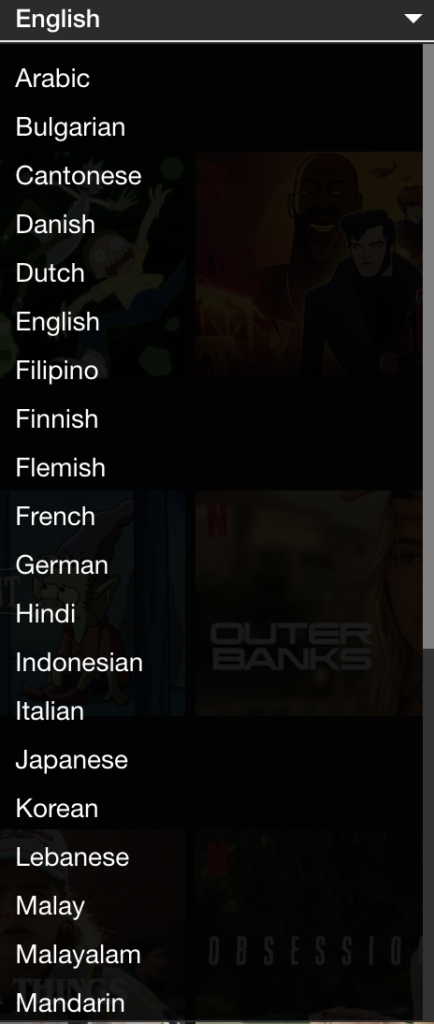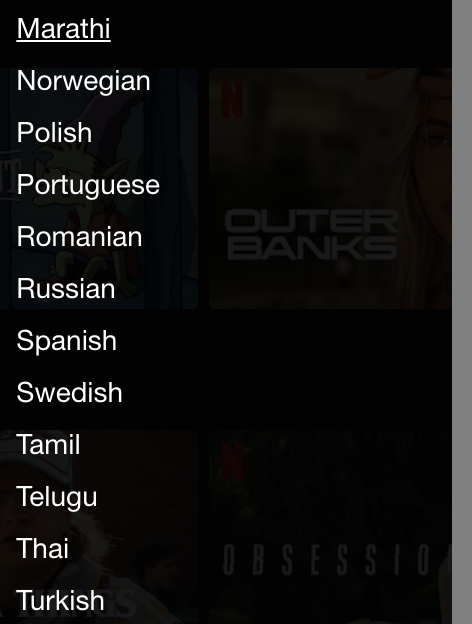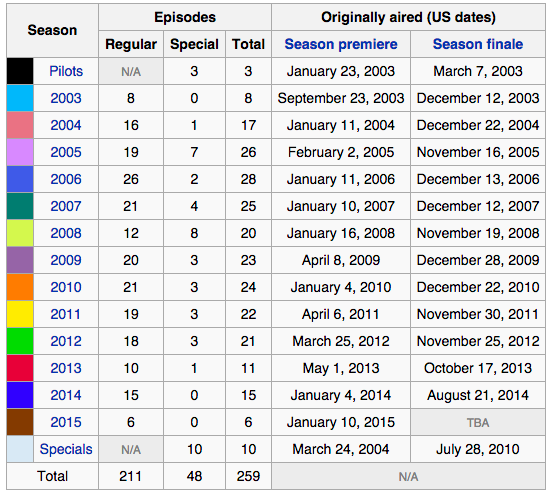Films I Watched
For years I didn’t watch many films but recently the habit has returned.
Blood and Gold
I am used to watching English or French films about the First and Second World War but recently I watched Blood and Gold, in German, with English subtitles. It’s interesting to watch a German film rather than a European one, for a different perspective of the war.
The film is set right at the end of the War, days before the Allies liberate Germany. Apparently some gold was left behind and promised to a guard but other people hid it.
The story is well told and I enjoyed it.
All Quiet On the Western Front
This is another, recent German film, set on the First World War, rather than the second. It follows a soldier from conscription until he is on the front line fighting. Some of the scenes and imagery of this film are interesting and unique. I think it’s another film worth watching. I like the cellar scene. I also find other scenes quite interesting.
Fury
Fury is an American film showing the war from a tank crew’s perspective. A typist/clerk is signed up to be part of a tank crew and objects to this, as he doesn’t want to be involved in killing people. Eventually he changes his attitude.
If you watch just one scene of this film watch the scene in the apartment after a town has been liberated. It shows a glimpse into what life could have been like, during the Second World War.
If I was to be absurd about this film I would say it reminded me of Black Hawk Down, but with a tank rather than a Blackhawk helicopter.
And Finally
Twenty years ago I watched plenty of film genres but found that war films are my favourite genre and this holds true today. Every war film is a different story, and with war films you’re not envious of their lives. You feel empathy for their situation, and you feel compassion for moments like the one in the apartment, but at the same time, you don’t feel bad about your own life. That’s what I like about War Films. You don’t feel Fear Of Missing out, FOMO. For the most part you want people to get out alive, and without being traumatised, whenever possible.
In contrast, with normal films, and especially during lockdown, you’re jealous and envious of their lives, and miserable about what your own life is. During the depths of Lockdowns people living alone were completely isolated. We still are, but now it’s a moral and ethical choice, rather than no choice at all.
That I can watch films, even if they are just war films, shows that I have recovered from Pandemic solitude. I am getting the ability to watch television series, and even films again. That’s encouraging.
Parents and Solitary People
During the worst of lockdown, and even after it was decided that vaccines alone were good enough, and people decided to deny that Long COVID was a risk, we could see a massive difference between parents and people without children.
Although parents speak of the hardship of being trapped in apartments with their children unable to play outside, they had normal lives within the home. Feed, cook, play, work remotely, feed cook, play, work remotely. They were isolated, but within a family, within a social group.
Compare that to the complete solitude of people living alone, without children, without a lover, with nothing.
That solitude still hasn’t ended, and never will, for as long as the friends of COVID continue spreading COVID, and running the risk of Long COVID.
On Twitter, and to some degree the Fediverse, we see that some people still take the pandemic seriously, but they are few and far between. That’s why absurd people like me mask. I’m absurd because pretending the pandemic is over, like everyone else does, would be easy. It would take a mental switch and I would be normal. By normal I mean absurd.
When Camus wrote about the man is absurd for not feeling grief, he was speaking about the absurd individual. I think that today it is society that has become absurd, and the individual that has become rational. The rational wearer of a mask. The rational person who does not want to see the pandemic as over, only to get Long COVID, and regret it for the rest of his life.
I saw two articles in the last day or two, about how Long COVID is incurable for 75 percent of those who fall sick with it.
Conclusion
When I return to having a normal life, of flirting, doing things socially, and more, I will be able to watch normal things again. For now the war film genre fills a need I need, to feel empathy for others, without feeling sadness for myself.








